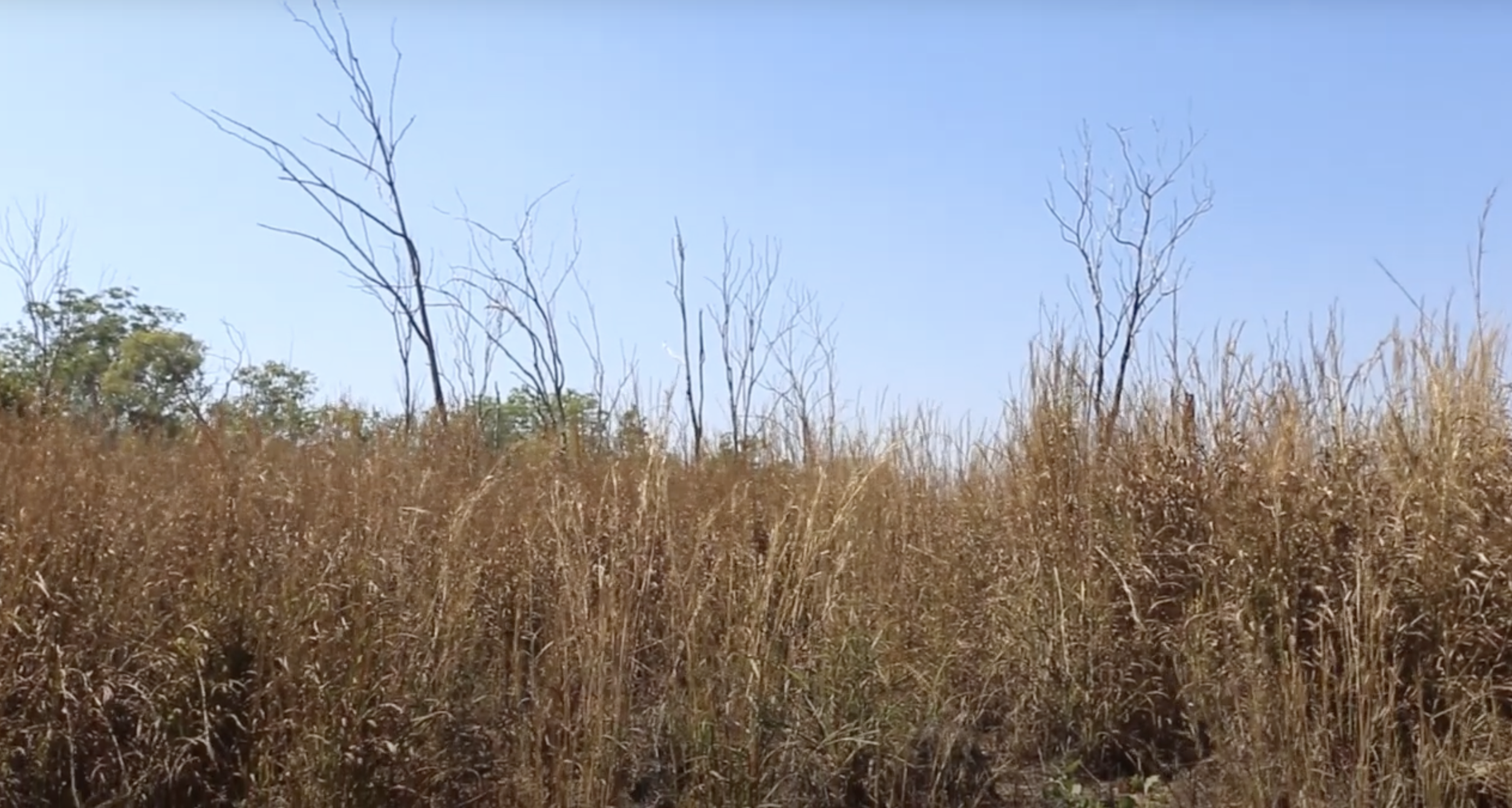
Weeds Management
Many weeds have invaded country over the past 150 years, but we still have some areas that are relatively weed free. Some species are found only in certain areas and some species have more impact than others.
We approach weed control through deciding how to apply our resources for the best outcomes. We have to make smart and tough decisions about which areas and which weeds we will target because weed control is a big job. Weeds that threaten our country include the grassy weed gamba grass, mission grass, grader grass and larger weeds such as prickly acacia and chinee apple.
In 2016, Mimal produced the first weed management strategy for our area, drawing on Northern Territory Government weeds branch data and our local knowledge. We keep building the capacity of our rangers to identify weeds, to record their locations and have this information available to rangers as they plan on-ground weed control. Weeds can arrive anytime on vehicles, in hay and even on swags. We are also working to establish a weed washdown place where community people can clean their vehicles and where we can encourage travellers to have their vehicles cleaned. We have been working to eradicate some weeds from around the Gulin Gulin and Weemol Springs.
Gamba grass: The biggest weed threat to our country is gamba grass. Our rangers have found and destroyed gamba grass four times in the past and we believe we are free of gamba in 2017. However, if it does sneak in, it will cause a lot of damage and change our country forever. It cannot be eradicated once it takes hold and it kills country with fires much hotter than our native plants can handle.
Grader and mission grasses: Grader and mission grasses are some weeds already established on our country. They have pushed out many native grasses that are important to birds and animals. Grader grass has spread out along roads and tracks and in some places now covers big areas along rivers and plains.
Larger weeds: Other larger weeds have also invaded our country, including prickly acacia, chinee apple and gmelia trees. Some degrade soil and help erosion. Others threaten biodiversity.
